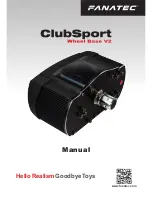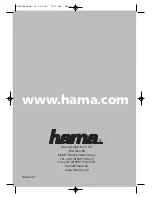
1.800.627.4499
DN-Series Integrated Programmable Controls
DOAS
160
17.0 GLOSSARY
Analog Control Signal
An analog signal is a varying-voltage output signal, typically between 0–10 volts. It is most
often used to produce a specific amount of output from a variable-output device, such as a
digital scroll compressor or a variable speed fan. 0 volts would represent an OFF condition and
10 volts would represent a demand for output at 100% of capacity.
BACnet
Building Automation Control Network. BACnet is a communications protocol for building
automation and control networks. It is just one of several different control systems that may be
used as part of a BMS.
BACnet IP
BACnet MSTP
BACnet Master Slave Token Passing—this is one of the possible BACnet protocols that may
be used.
BMS
A building management system (BMS) is a control system that can be used to monitor and
manage the mechanical, electrical and electromechanical services in a facility. Such services
can include power, heating, ventilation, air-conditioning, physical access control, pumping
stations, elevators and lights.
Cat-5 Cables
Cat-5 cable, sometimes called Ethernet cable, is short for Category 5 cable, a current industry
standard for network wiring. This type of cable is unshielded wire containing four pairs of
24-gauge twisted copper pairs, terminating in an RJ-45 jack. If a wire is certified as Cat-5 and
not just a twisted pair wire, it will have this designation printed on the outside.
Controller
Direct Digital Control is the automated control of a condition or process by a digital device
(computer). The controller accepts digital or analog inputs from a variety of sensors and then
follows all of its programmed instructions to produce action instructions to valves, actuators,
fans, compressors and other HVAC components that can be adjusted. The Carel controller is a
DDC controller.
Digital Control Signal
A digital control signal is a fixed-voltage or amperage output signal, representing either an ON
or OFF condition for the device it is connected to. It is typically used to activate a relay that
controls operation of a device.
DIN Rail
A DIN rail is a specially shaped metal strip which is used to mount relays, switches, terminals,
etc. in industrial panels. The shape of the strip is such that these items can pressed onto it
and a spring clip on each device slips into the bend in the rail and the device is held firmly. The
strip can be mounted with screws or bolts to a wall or panel. The controller and any expansion
boards are typically mounted on a DIN rail in the Main Control Panel.
Economizer Bypass
The Economizer Bypass provides energy conservation during operation of an ERV. It
accomplishes this by sensing ambient conditions and it then allows the return air stream to
move through an alternate duct, bypassing the ERV enthalpic core when the unit calls for
cooling and the outdoor conditions are more favorable than the return air.
Ethernet
Ethernet is the standard way to connect computers on a network over a wired connection. It
provides a simple interface and is used for connecting multiple devices, such as computers,
routers, and switches. When the Carel controller is incorporated into a BMS, the BMS computer
and the Carel controller become an ethernet.





































